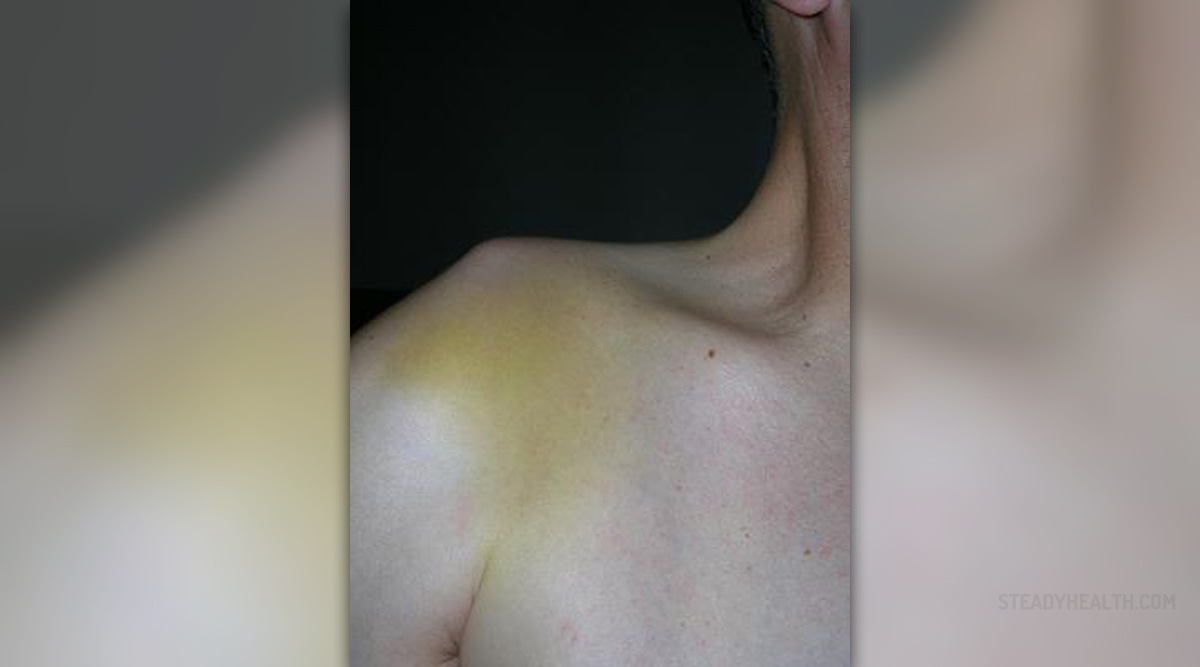
Anatomy of the shoulder joint
Shoulder separation is an injury of the shoulder joint. This joint is located on the top of the region of the shoulder. Three bones form the shoulder joint. These are the collarbone or the clavicle, the shoulder blade or the scapula, and the bone in the upper arm, the humerus. The shoulder joint is of a ball and socket type. The socket is formed by the scapula and the clavicle, while the head that fits in the socket is formed by the upper end of the humerus. This allows for a large degree of freedom of motion in the shoulder joint. Muscles and tendons of the rotator cuff encircle the joint.
Shoulder separation
This refers to a separation of the 'socket' part of the shoulder joint, which is formed by the end of the clavicula, known as the acromion, and the collarbone. This injury is known as acromioclavicular (acro-mio-clavicula-r) joint separation, or AC separation. This injury is not to be confused with shoulder dislocation, where the head of the humerus is displaced from the socket. In shoulder separation, the socket itself is disrupted, while the head of the humerus remains in its place. Even the treatment is not the same.
How did it happen?
Virtually all cases of shoulder separation arise from a sudden and traumatic event. Mostly, this is attributed to a direct blow to the shoulder or falling on an outstretched hand.
Symptoms
Severe pain at the time of injury, injury typically followed by swelling and bruising of the shoulder.
Diagnosis and treatment
An X-ray scan can be used to determine, if there are any broken bones or to, when carrying weight in the injured arm, see if there has been a separation and to what extent. There are six possible types of injury, depending on its severity, and type of the injury determines the type of treatment. Initial treatment is based on resting of the joint and controlling of the inflammation, usually by icing the shoulder for ten to fifteen minutes, usually every four hours, for several days or until the swelling has decreased. Resting of the joint is usually done by placing the arm in a sling. The doctor might recommend use of painkillers in some cases.
Surgery is necessary only for the three most severe types of injuries and is avoided whenever possible. Surgery attempts to reconstruct the torn coraco-clavicular ligament and to hold the clavicle in proper place (with a metal screw or strong sutures) until the ligament heals.


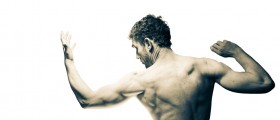
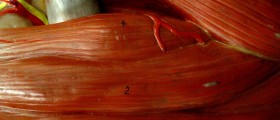

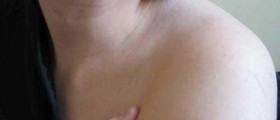

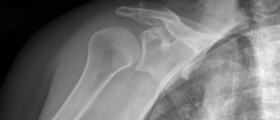
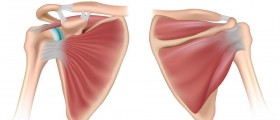

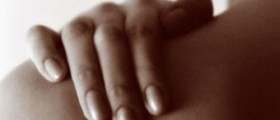
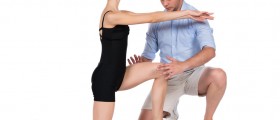


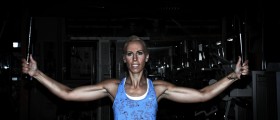
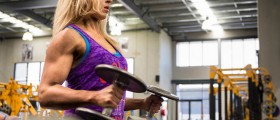
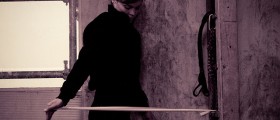
Your thoughts on this
Loading...